Can you think of a worse scenario? Its Easter and you’re just about to chow down on your favourite chocolate product. Suddenly, you hear a news report on a wide-sweeping product recall of the very chocolate product in your hands. The reason? A potential salmonella contamination in the product! Now you face the dire decision of throwing the chocolate away, or risk a contamination induced illness.
However, it may shock you to learn that this scenario occurred just prior to Easter! Australian chocolate products were part of a global recall. Salmonella is especially dangerous as it is one of the most common bacterial causes of intestinal diseases, typically detected in high-risk foods like raw meats, untreated egg products and plant-based foods.
Then, how is it found in chocolate, a seemingly low-risk product, and what about it makes it so susceptible to salmonella contamination?
Well, what we know is that salmonella can inhabit fatty foods quite easily. This is due to the fat protecting the pathogen against the acidic conditions of the stomach. Delivering it straight to the large intestines safely, where it can multiply and cause infection. Chocolate, being notoriously high in fat, fits this category perfectly. With even chocolates housing
small quantities of pathogens able to cause illness to a consumer. In addition, salmonella can remain in chocolate for many years due to a combination of high fat and low water content that protects the bacteria from heat.
With how persistent salmonella can be in our beloved chocolate, it is vital to ensure none is left over in a product before delivery. This is where our PhageGuard products comes in. Our PhageGuard S utilizes phages to specifically target salmonella in the production line, eliminating it without affecting taste, odor or texture. Guaranteeing that your product is salmonella free.
Read more about the efficacy of PhageGuard S
here or more about the concerning link between chocolate and salmonella
here.















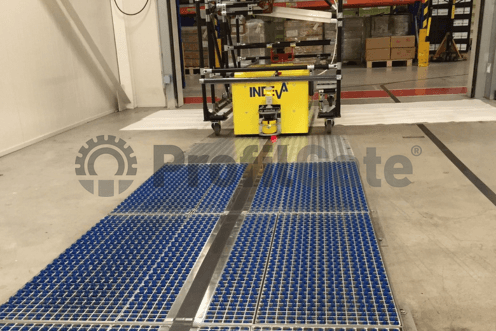

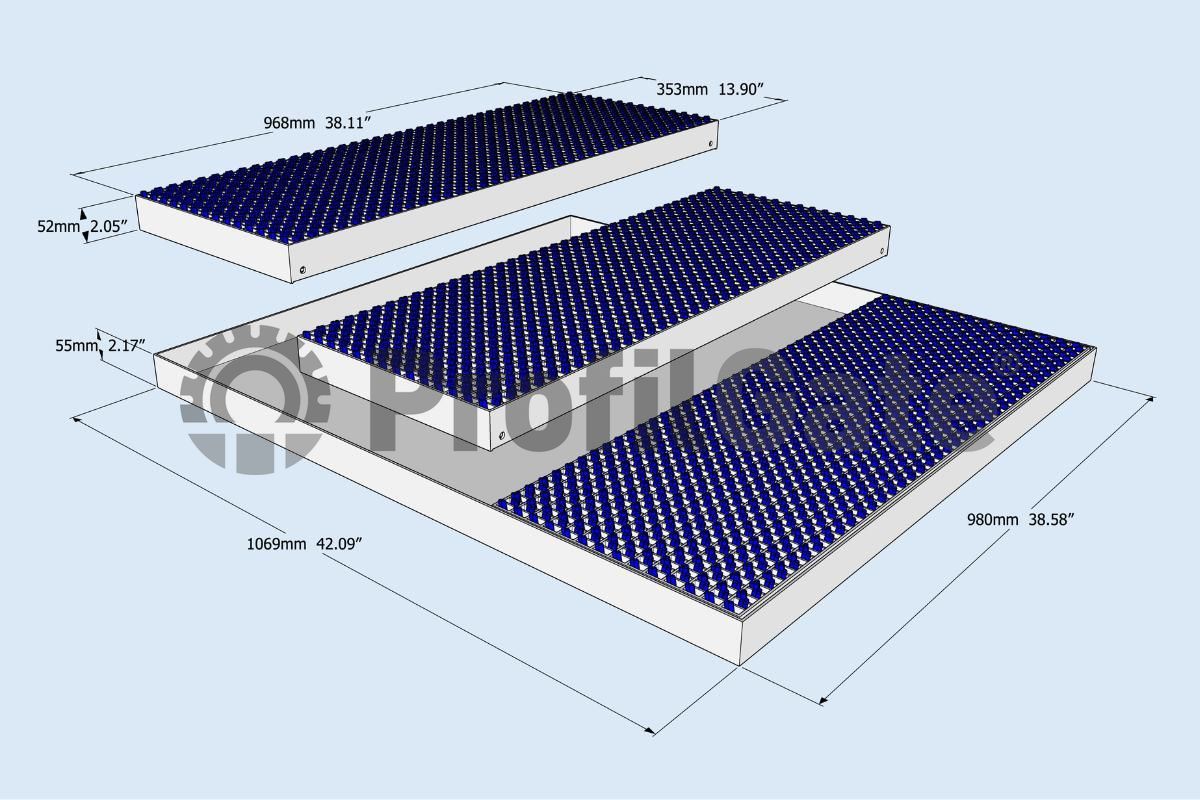
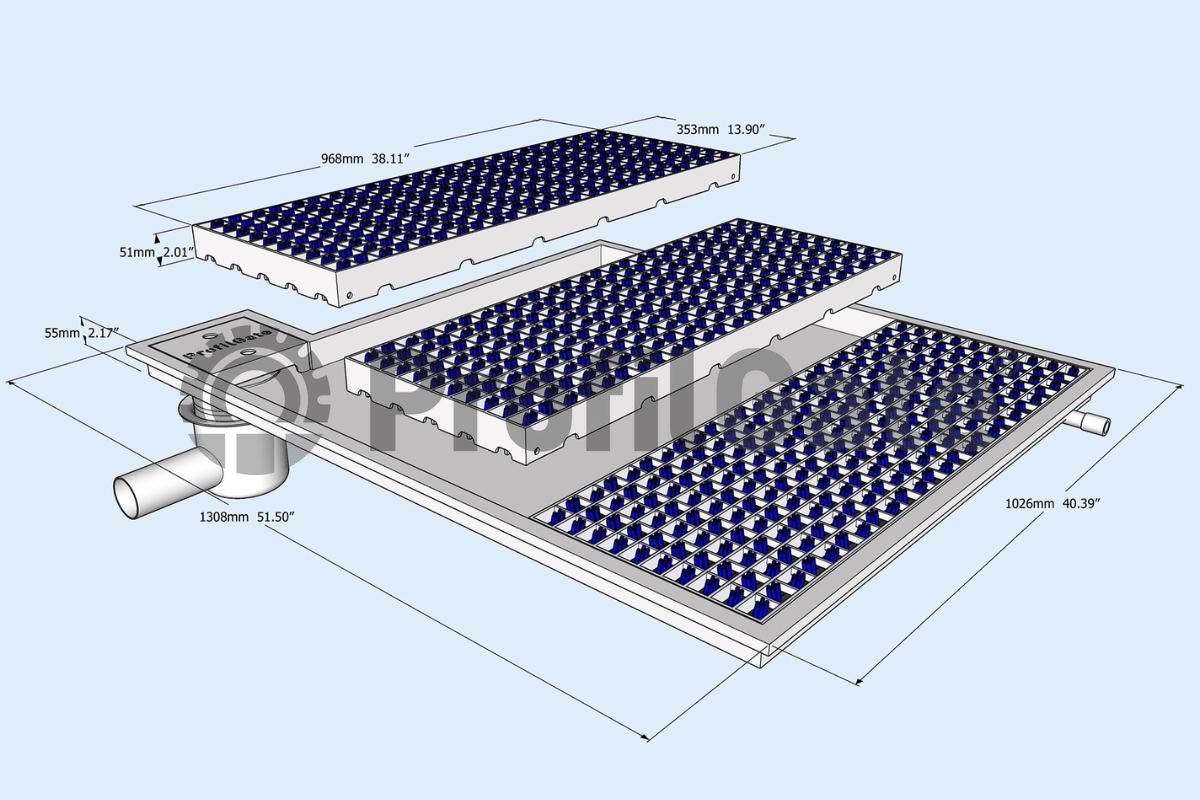
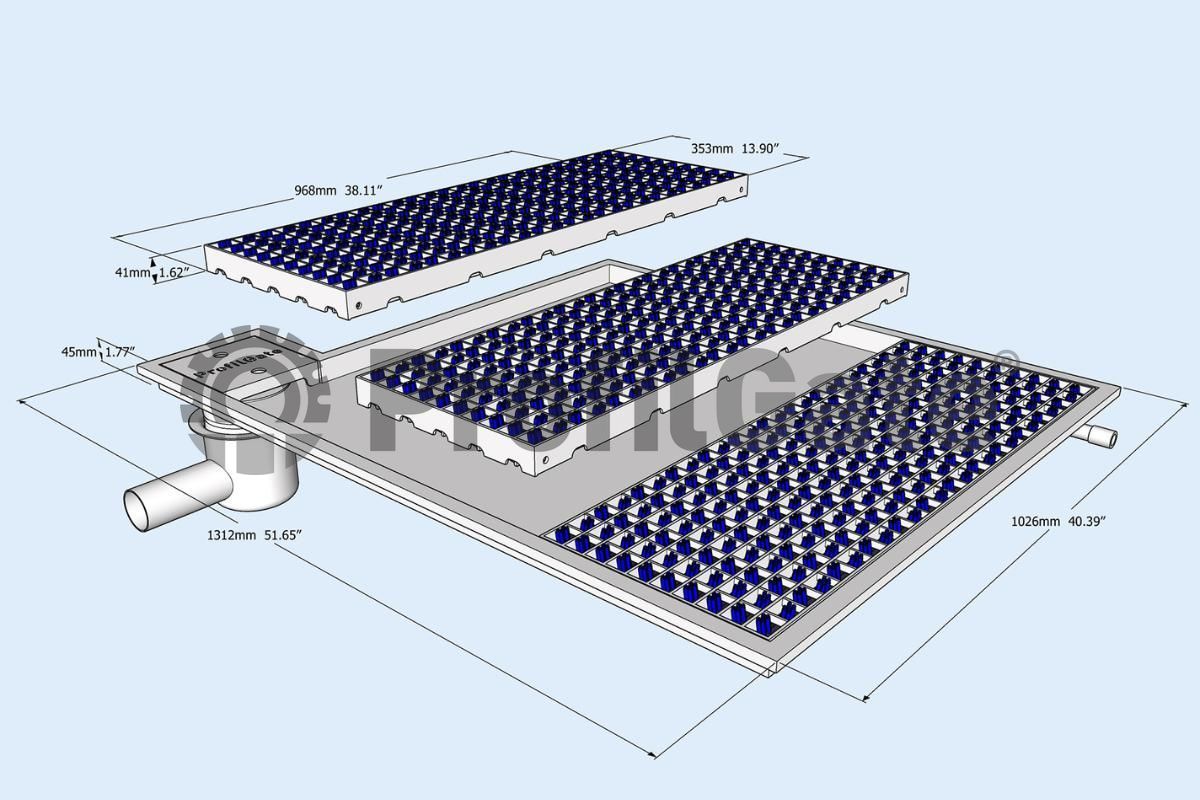
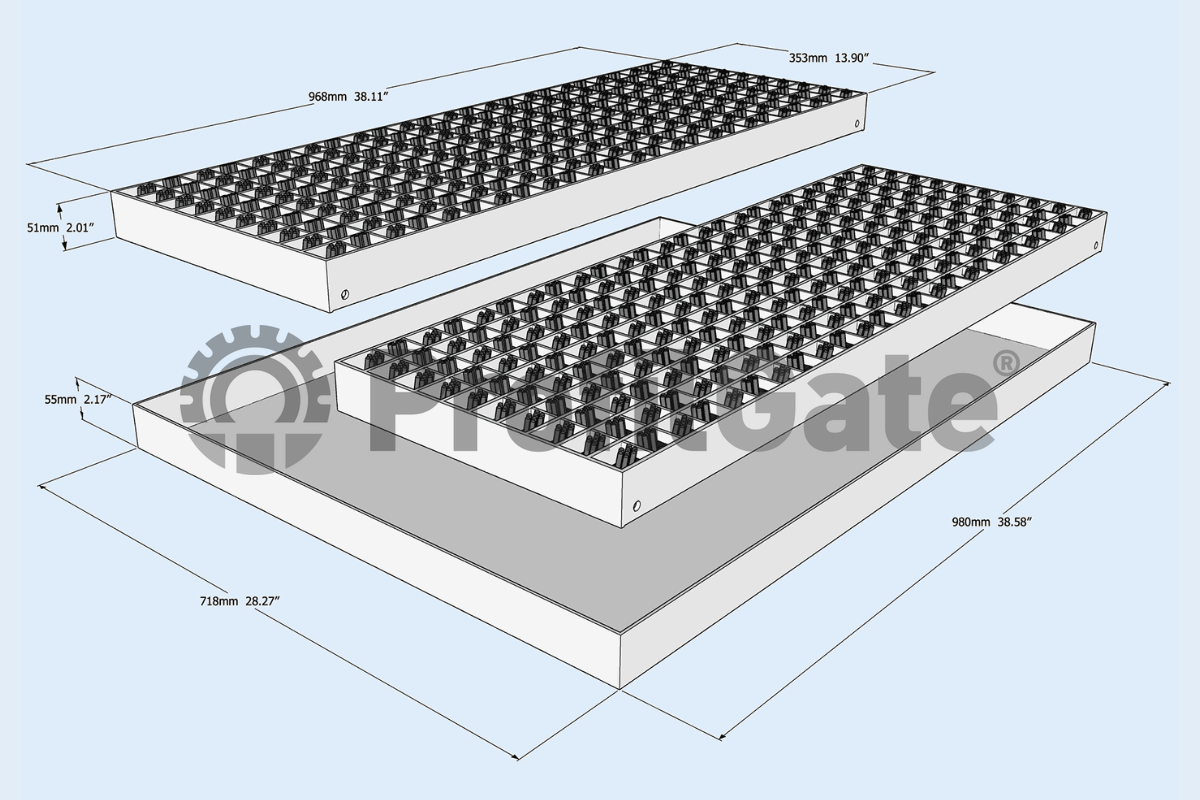


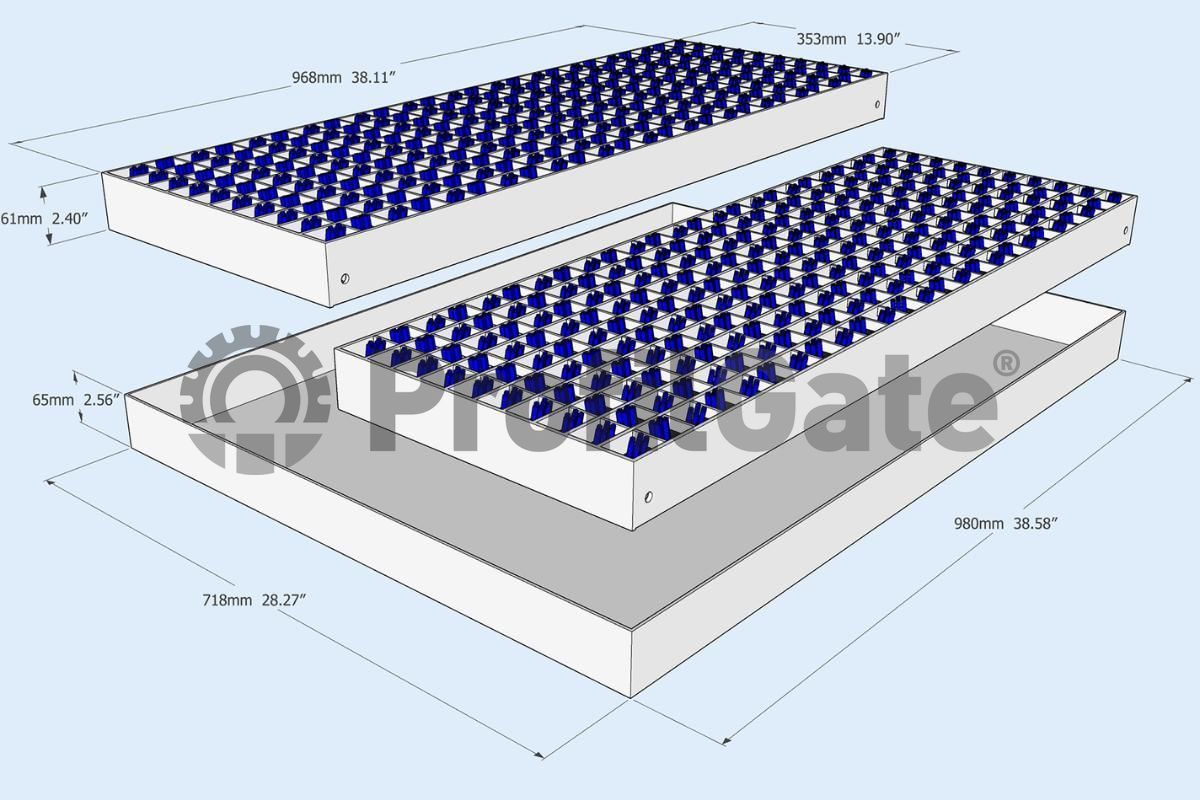
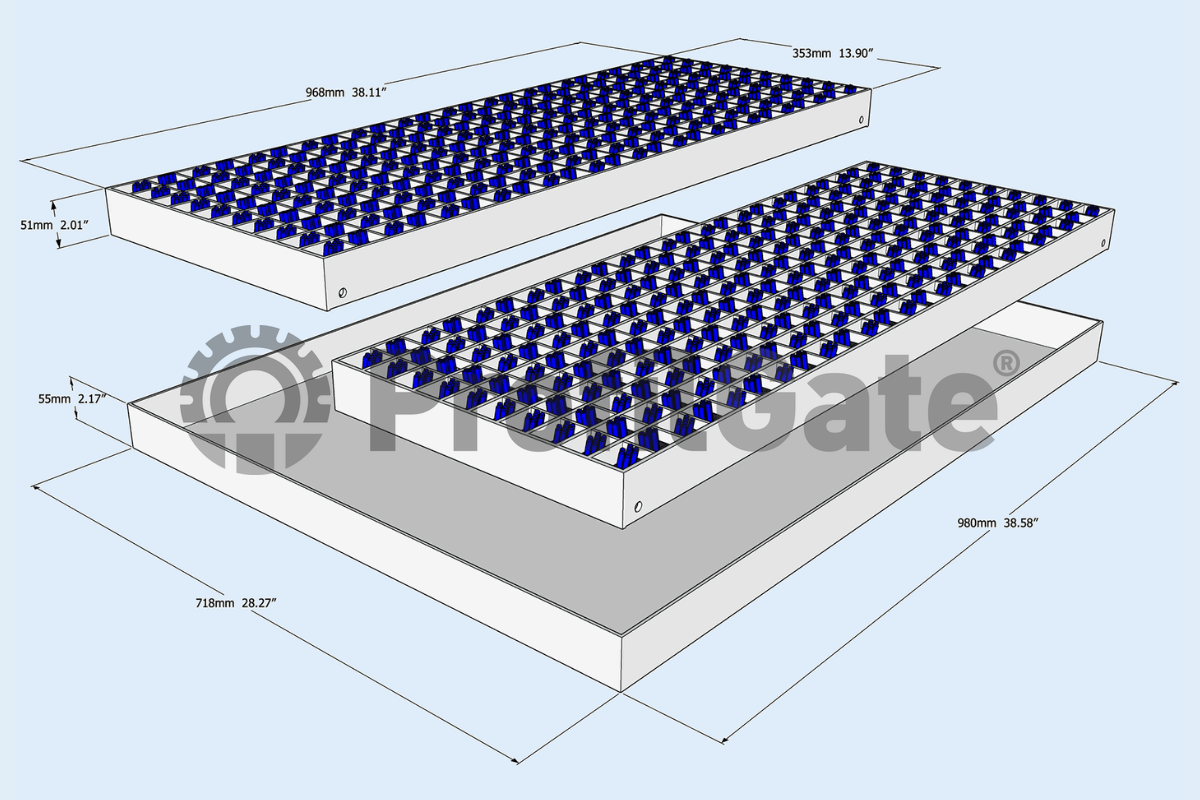

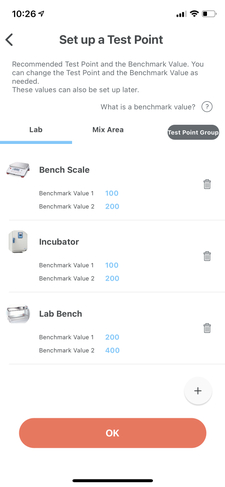




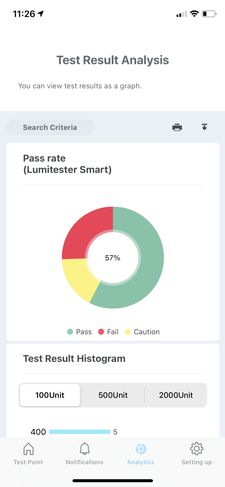 Exportable Data and Reports for Regulatory Compliance
Exportable Data and Reports for Regulatory Compliance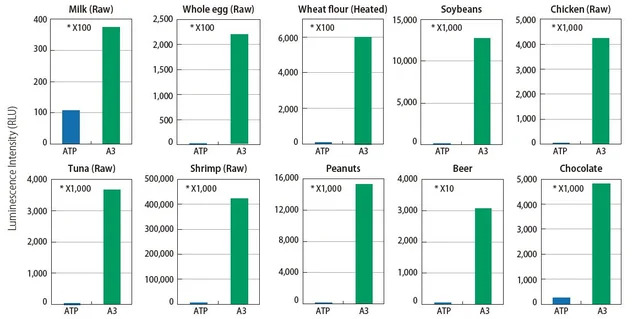 See how A3 technology finds what ATP technology can’t
See how A3 technology finds what ATP technology can’t